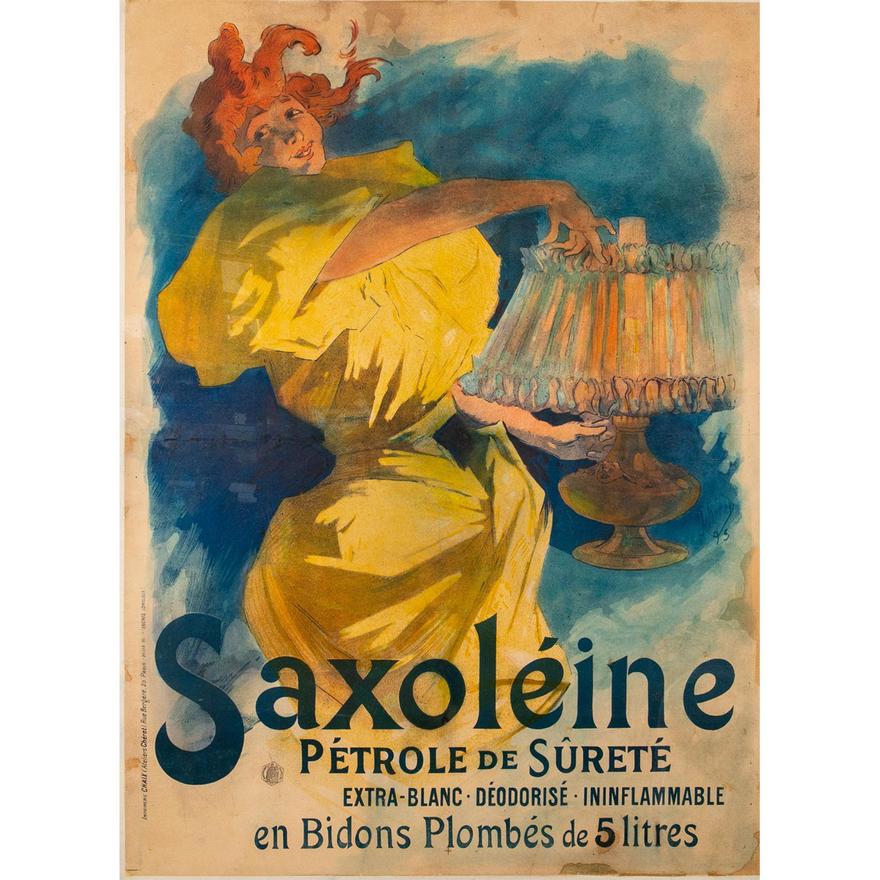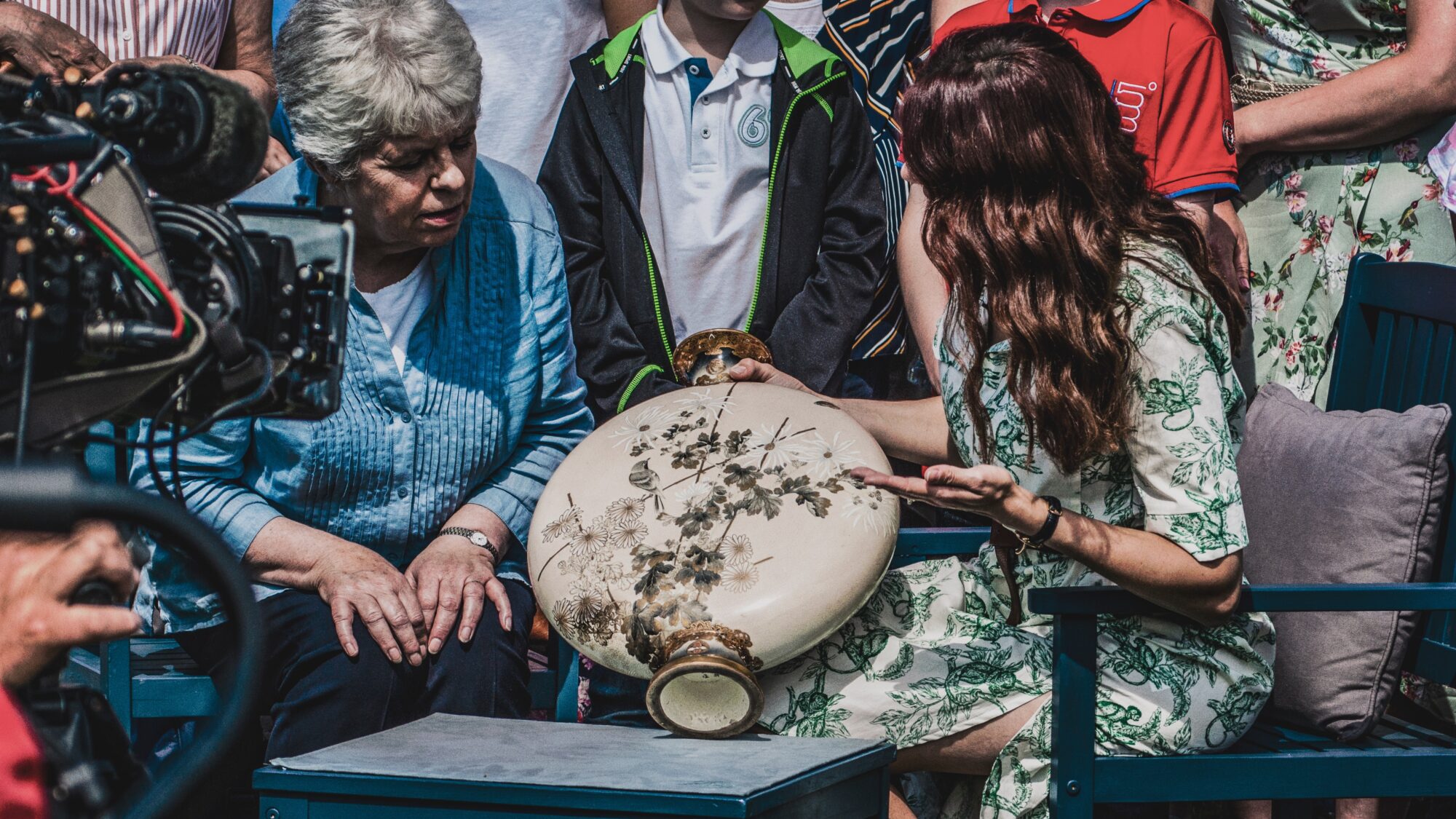Fine Art
How Do I Sell My Fine Art Collection?

The market for fine art can be an extremely ambiguous, convoluted, and frustrating entity to navigate, especially when it comes to selling your collection. Whether you’re an experienced fine art collector or just starting out, it’s essential to understand how the fine art market functions and what to expect when putting your pieces up for sale. Before you do a Google search for “how to sell my fine art collection,” consider consulting with art appraisal experts who understand the nuances of selling art of all varieties.
The first factor to consider is how much a collector can expect to earn from the sale. Fine art can be an inherently valuable alternative investment, but the market is constantly evolving (in consideration of global economic factors and cultural interests), so it’s important to be aware of market trends and what potential buyers might be looking to acquire. Is a collector looking to break even on their initial art purchase? Or are they hoping to make a profit that they can apply to more investments? Taking the time to understand the market will help you set a realistic goal for your sale.
An important consideration for fine art collectors to weigh, particularly when bringing a collection to market, is the condition of their collection and how exclusive that collection is in relation to others like it. Pieces in perfect condition will command a higher price than those that are damaged or have been restored. It’s important to be honest about the condition of the art pieces and to be prepared for negotiations that ultimately lead to a lower selling price. A qualified appraiser can quickly assess value, help authenticate items, and determine originality – it is considered “crucial” to work with a professional appraiser before bringing fine art to market.
“How to sell my fine art collection” is a question many art collectors weigh towards the end of their tenure as a collection builder. Perhaps you are downsizing, moving, or have decided that you no longer want to own art. Whatever the reason, selling a fine art collection can be a daunting task.




Here are a few tips to help you get started:
Collectors need to research their pieces before even considering a sale – know the distinctive qualities, traits, and characteristics of each piece and how that has created a legacy around the piece itself. Before you begin to sell your art collection, it’s important to gather some background information and figure out what it’s worth. Several resources are available online and in print that can help you with this process.
Some collectors choose to list art on an online marketplace. Art collectors commonly take to third-party sites to find ways to sell their art collections. For someone wondering “how to sell my fine art collection,” this can be a great way to reach a larger audience of potential buyers. However, this depends heavily on a collector’s ability to appraise their collection and accurately negotiate with prospective buyers.
Also, many third-party sites charge higher fees than other platforms and online auction houses, limiting overall resale potential. If an art collector uses an online platform, they should rely on a qualified broker or specialist who can better coordinate the finer details of a sale.
The best option is to work with a qualified broker like Lion & Unicorn. We provide local service through our headquarters in Hollywood, FL, alongside several additional offices throughout the state. Lion & Unicorn also offers national valuation and appraisal services to customers. For collection inspections and sales, our exemplary art specialists can help sellers get the ideal asking prices for collected pieces, sculptures, and figurines. Contact us today to learn “how to sell my fine art collection” and begin to coordinate an art sale that is most likely to provide the best return on your original investment.


